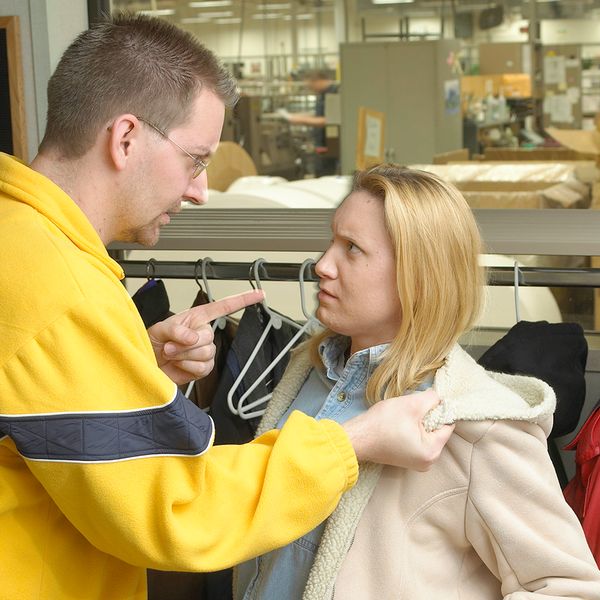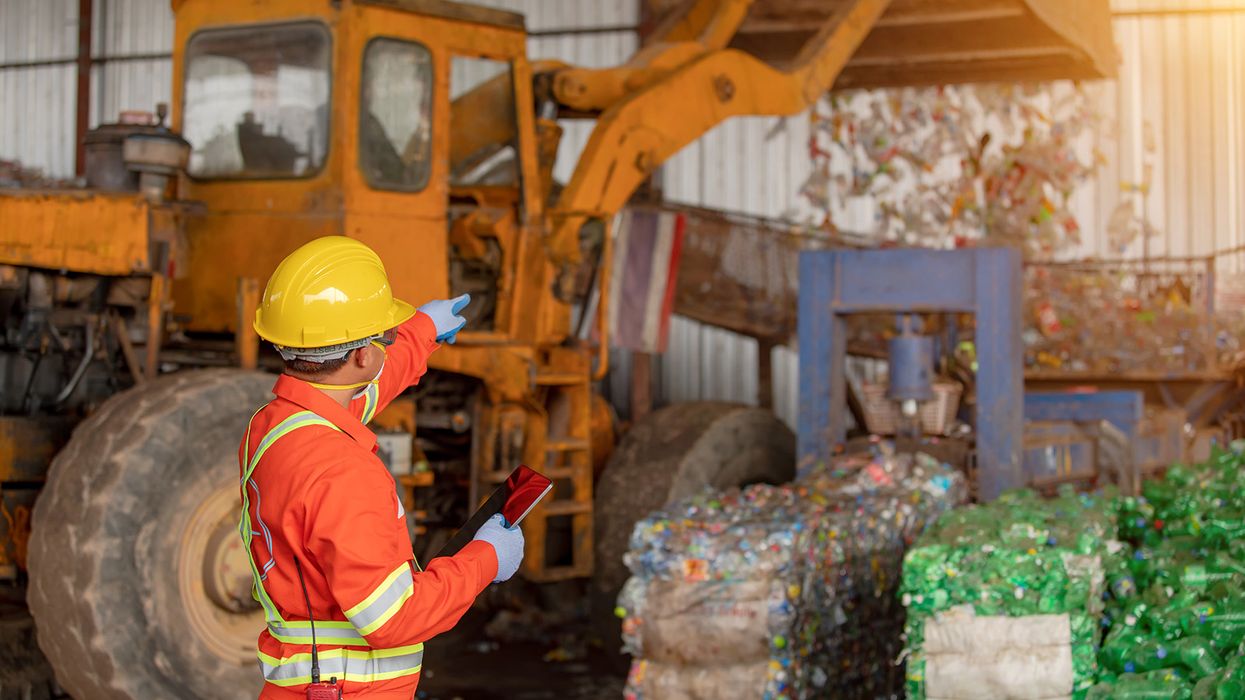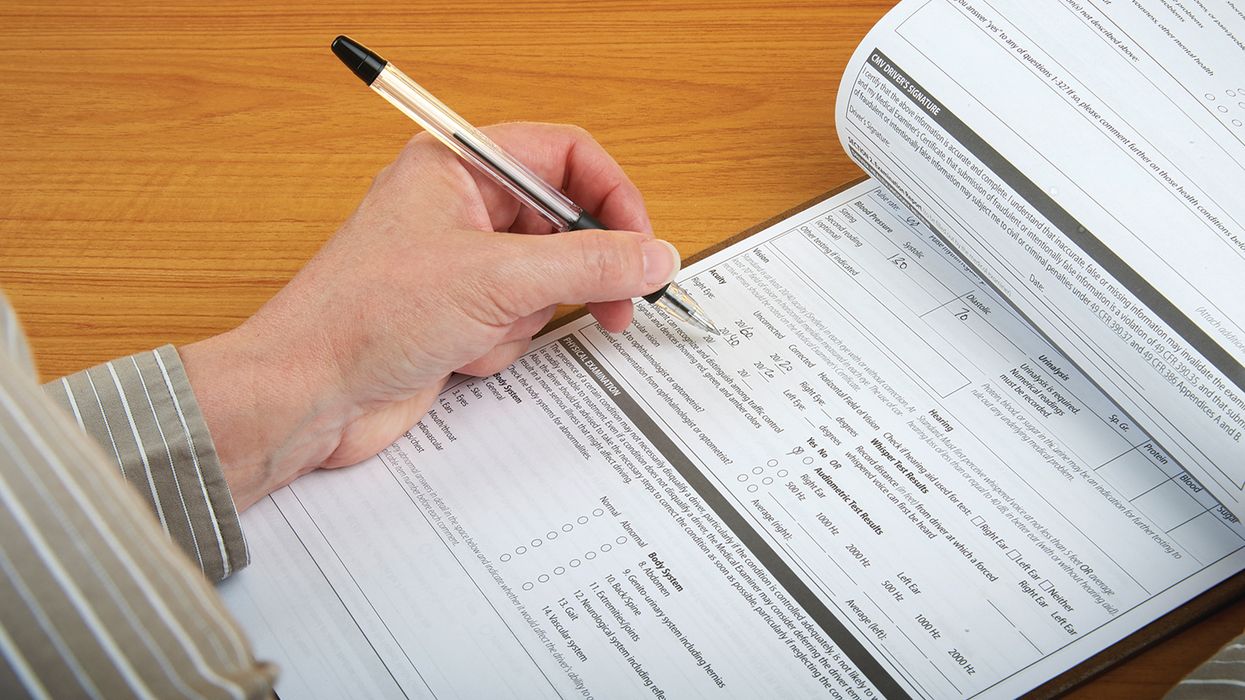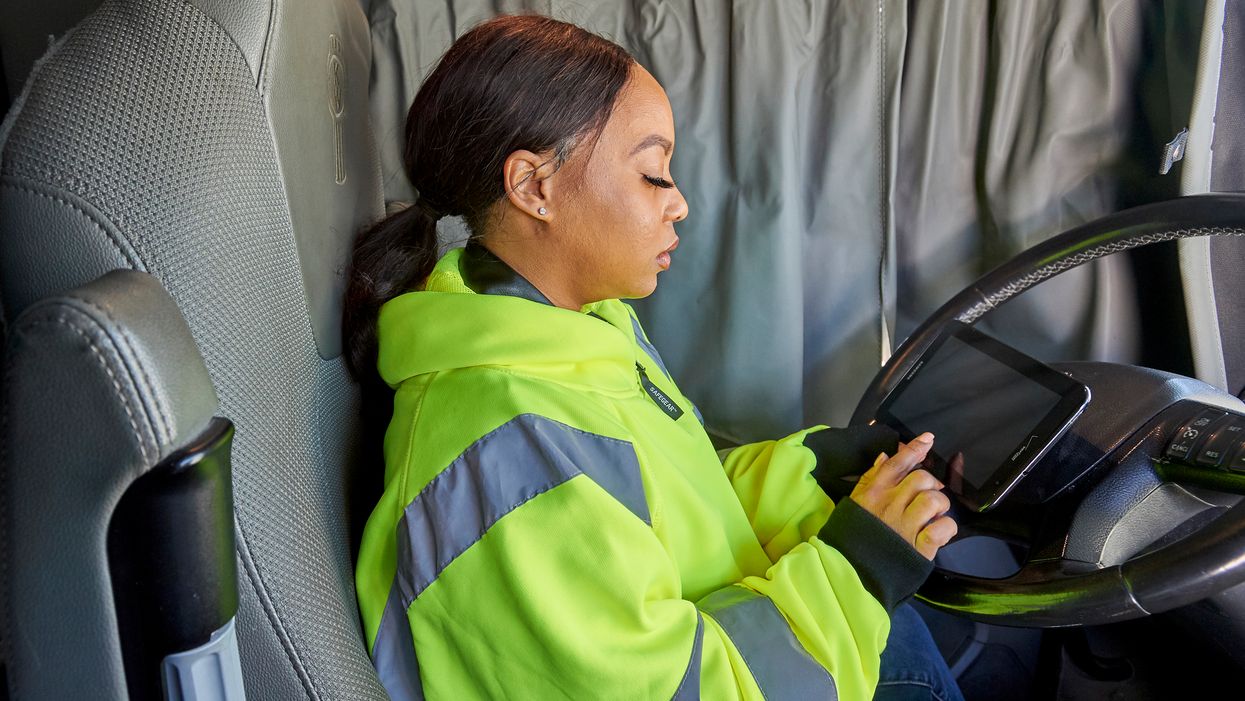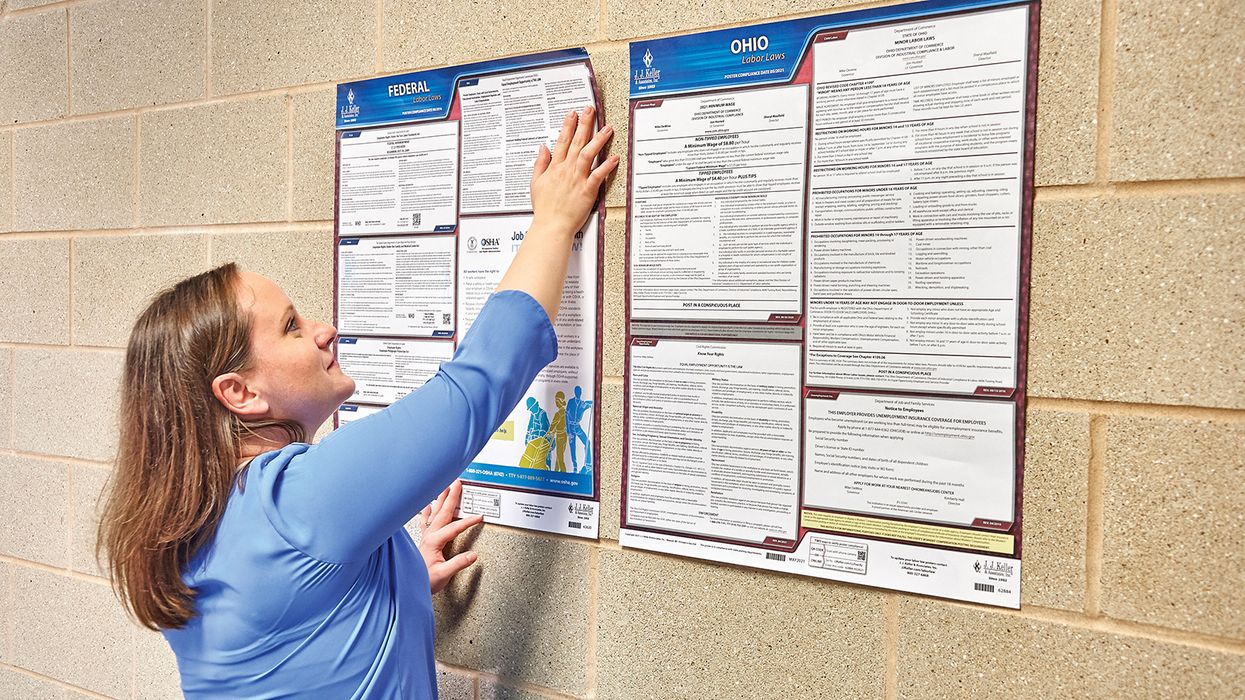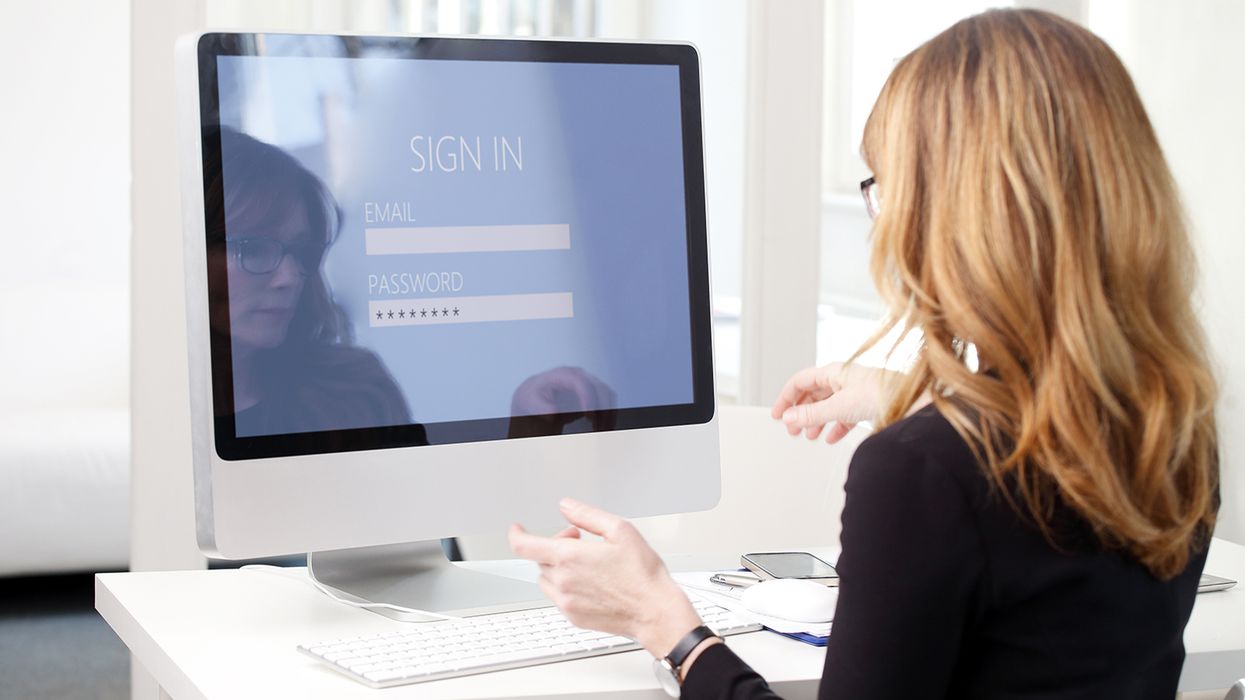Yes, you do have to worry about sexual harassment during the pandemic
With more employees than ever working from home, and essential workers hyper-focused on doing their jobs while protecting themselves from COVID-19, you might assume the past year has seen a significant decline in workplace sexual harassment complaints.
You’d be wrong. No such silver lining occurred. Sexual harassment may be taking slightly different forms, but it continues to occur.
We should have seen it coming
In its 2016 Select Study on Workplace Harassment, the U.S. Equal Employment Opportunity Commission (EEOC) said that “isolated workplaces” and “decentralized workplaces” were contributing risk factors to harassment claims.
The pandemic increased isolation and decentralization for many workers. And bystander intervention has become more challenging as more interactions are virtual. This decreases the likelihood of reporting, because harassment is less likely to be witnessed. In addition, research by the United Nations Population Fund shows that gender-based violence increases during times of crisis.
COVID-19 protocols bring new forms of harassment
While 2020 data on sexual harassment charges from the EEOC hasn’t been released yet, there have been reports of sexual harassment stemming from COVID-19 protocols in the past year.
A OneFairWage.com survey found 43 percent of female food service workers said that they had received or witnessed unwanted sexual comments specifically related to Covid-19 protocols, such as masks or physical distancing. One female server said a male customer, “asked me to take my mask off so they could see my face and decide how much to tip me.” The research lists 250 other similarly harassing customer comments involving masks or physical distancing reported by survey respondents.
Virtual harassment increases
While onsite employees may find themselves vulnerable to harassment because they are working in more isolated situations than pre-pandemic, remote employees are at risk too.
While social distancing may decrease physical harassment, it has increased the potential for inappropriate or even harassing behavior via text, email, or video call for remote employees.
Some factors that may lead to inappropriate employee behavior are:
- Feelings of social isolation and an unmet need for human connection;
- The strain the pandemic has put on domestic relationships;
- The digital invitation into coworkers’ homes via video calls that blur the line between an employee’s work and personal life;
- Events like virtual happy hours or other virtual team building activities may embolden people because the events aren’t public.
What you can do to help prevent workplace sexual harassment during times of crisis
- Remind employees and managers that employment laws still apply during this time. Employees continue to be protected against discrimination, harassment, and related misconduct whether they are working on site or remotely.
- Preface online team building events like happy hours and any off-topic meeting conversations as still being work events which should be treated as such. That doesn’t mean people can only talk about work, but they should be mindful of how words, actions, and their digital presence might impact coworkers, both through the end of this pandemic and after. No one should share anything virtually that will make them uncomfortable when the team is back together in person.
- Plan (don’t postpone) sexual harassment prevention training. The six states with mandatory anti-harassment training requirements (CA, CT, DE, IL, ME, and NY) have kept those requirements in place throughout the pandemic.
- Review your harassment prevention policy. You may need to update policies and procedures to take the virtual workplace into account.
- Reiterate the importance of reporting of harassment or misconduct, whether experienced or witnessed in person or remotely.
Key to remember: While you’ve got a lot of other human resources issues to deal with as the pandemic rages on, you can’t put sexual harassment prevention efforts on hold.






